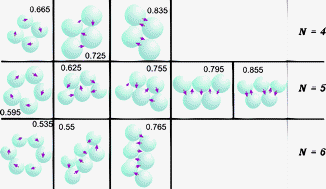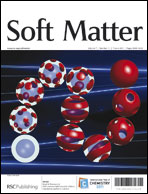In the past decades, ferrofluids have become relevant in many applications ranging from engineering to medicine, and have attracted the interest of scientists from many fields. To understand the physical mechanisms serving as a basis for these applications, over the last decades, many of the properties of ferrofluids have been studied and can now be controlled. However, in order to fine-tune various aspects of the interactions in the system and hopefully – in the long run – to build tailored structures, in recent years, magnetic nanoparticles and colloids that deviate from the model of a spherical particle with a dipole moment at its center were examined. Among them are dumbbells, magnetic core-shell particles, elongated ferro-particles, and colloidal particles with a magnetic cap. In this paper, we introduce and examine – using analytical calculations and Monte Carlo simulations – one such model system, namely, magnetic particles in which the dipole moment is shifted from the center of mass towards the particle's surface. In this way, an additional anisotropy is introduced to the particles, which results in quite different and surprising microscopic properties of suspensions. Here, we mainly concentrate on ground states of small clusters of shifted-dipole particles, but also take a first glance on suspensions at finite temperature.


 Please wait while we load your content...
Please wait while we load your content...